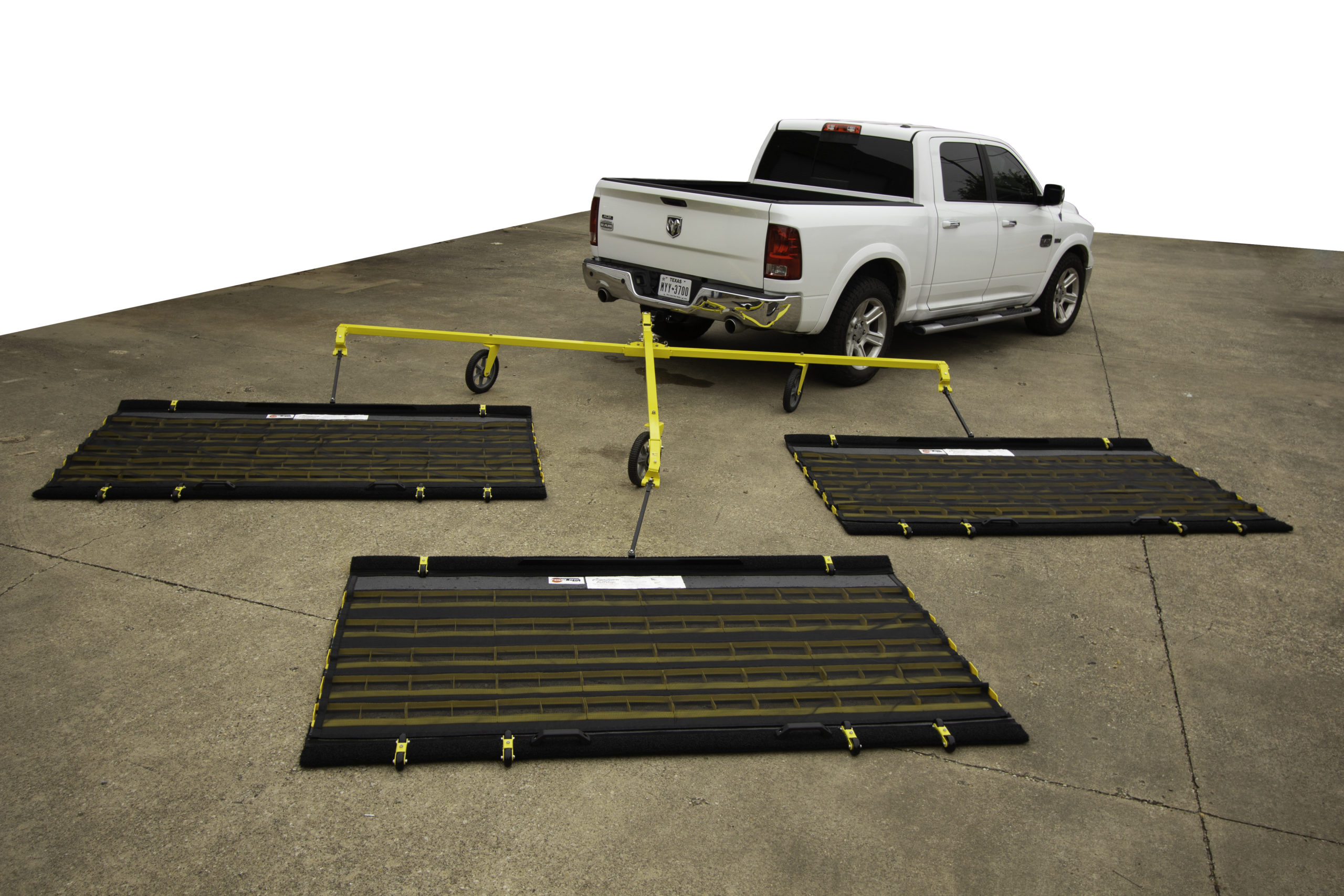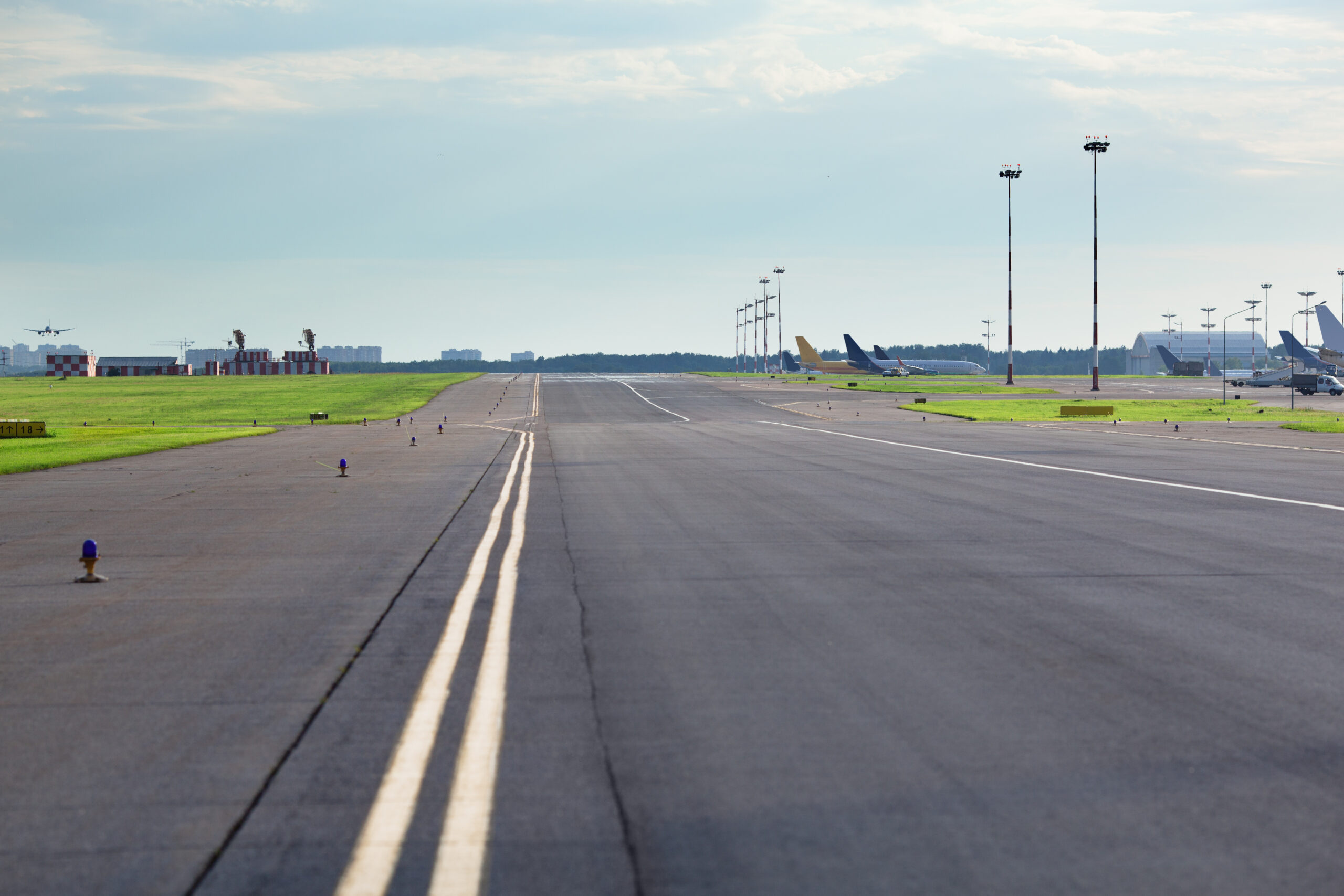Runway safety isn’t optional—it’s the foundation of every safe takeoff and landing. As air traffic grows and airports face mounting pressure to stay operational, foreign object debris (FOD) remains a preventable yet costly hazard. According to the FAA, FOD causes more than $4 billion in annual damage to the aviation industry, including direct aircraft damage, operational delays, and ripple effects across logistics networks. This guide outlines essential strategies to prevent runway FOD, leverage advanced detection and removal tools, and foster a safety-first culture across airfield operations.
The Economics and Risks of Runway FOD
Even small debris, from bolts to misplaced tools, can severely impact engines, tires, and flight-critical systems. The 2000 Concorde crash, triggered by a stray metal strip, remains a sobering reminder of FOD’s potential lethality. Even less severe incidents bring heavy maintenance costs, insurance claims, and disruptions.
FOD risks rise with runway congestion, construction, and weather events. A strong FOD prevention strategy must be multi-layered and part of daily operations.
Suggested Resources
Check out our articles on Why Summer is Peak FOD Season or Training Airport Ground Crews to Combat FOD for more great ideas.
The First Line of Defense
FAA Advisory Circular 150/5210- 24A stresses the need for both routine and situational runway inspections. These should be performed daily, especially before peak activity, after storms, and following maintenance or construction.
Adequate inspections blend visual scanning with tools like mirrors and flashlights, plus documentation through standardized checklists. Inspection logs flag recurring issues, supporting audit compliance and trend analysis.
Digital inspection platforms and cloud-based FOD tracking systems enhance this process by enabling real-time data capture, geo-tagging, and centralized reporting. These features help prioritize maintenance and allocate resources efficiently.
Tools and Technologies for Modern FOD Detection
Advanced detection systems—like QinetiQ’s Tarsier and Stratech’s iFerret—use radar and cameras to monitor runways in real time. These platforms distinguish real threats from harmless objects, minimizing false alarms and speeding up response times without unnecessary delays.
But detection is only one side of the equation. Rapid and thorough removal is just as necessary—and that’s where modern equipment comes in.

The Role of Friction Sweepers
Friction sweepers are widely used at airfields due to their simplicity, low operating costs, and high debris collection efficiency. Their design makes them easy to maintain and deploy, even in time-sensitive situations.
The FOD-Razor® Airport Sweeper can remove up to 98% of surface debris in a single pass without requiring fuel, hydraulics, or power, making it low-maintenance and highly reliable. This sweeper is compatible with virtually any tow vehicle and can be deployed by a single crew member without special training. Its lightweight build makes it particularly effective for airports that require rapid deployment between operations or during emergencies.
Human Element: Training Ground Crews for FOD Vigilance
While advanced systems enhance detection, frontline vigilance remains irreplaceable. Ground crew members are often the first to spot FOD; their training should reflect this vital role. Effective programs teach debris identification, sweeper use, and proper containment procedures.
FOD Walks—organized manual inspections—reinforce vigilance and teamwork. At Navegantes International Airport in Brazil, these walks are held multiple times yearly to maintain staff coordination and awareness.
Many teams reinforce FOD vigilance during shift briefings by reviewing recently collected debris—a proven method for sharpening awareness.
Training resources, such as downloadable presentations and checklist templates, provided by FOD Control Corporation can support this effort.
Industry Collaboration and Data-Driven Improvement
No airport operates in a vacuum. Industry-wide collaboration helps refine FOD prevention methods. The FAA and ICAO publish data, case studies, and best practices that can inform local operations.
Participation in global safety forums and collaboration with peer airports, regulators, and manufacturers creates valuable feedback loops that drive continuous improvement.
Smarter Strategy for Safer Runways
Foreign object debris will always pose a risk, but proactive strategies, reliable equipment, trained personnel, and a culture of accountability can significantly reduce it. A strong FOD management plan weaves people, processes, and tools into a cohesive system. This plan should outline inspection protocols, reporting standards, and roles for incident response.
Performance metrics and data analytics track trends, identify problem areas, and assess intervention success. Quarterly reviews keep the program aligned with operational needs and evolving technology.
Stakeholder engagement is key—airlines, contractors, vendors, and service providers must all participate. Airports like Dallas-Fort Worth and Singapore Changi have dedicated FOD committees to unify internal and external efforts.
By embracing this comprehensive approach, airports can cut costs and delays, protect lives, enhance reputations, and ensure operational excellence.
Ready to strengthen your airfield’s FOD strategy? Contact FOD Control Corporation to explore our industry-leading FOD-Razor® sweeper and integrated training tools.


